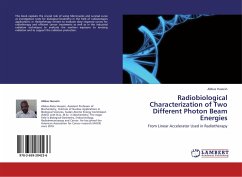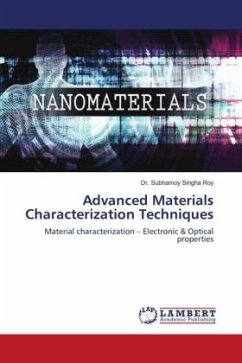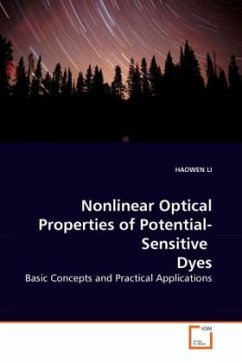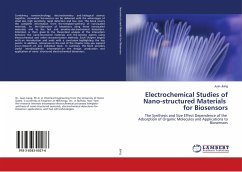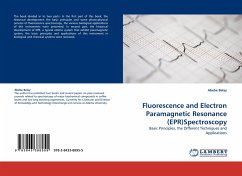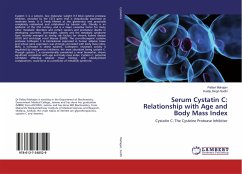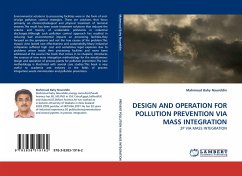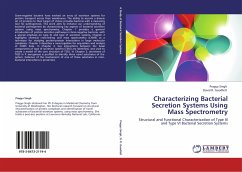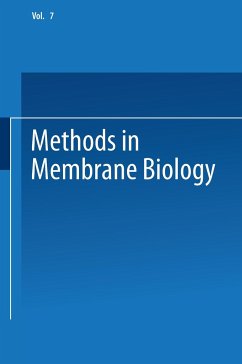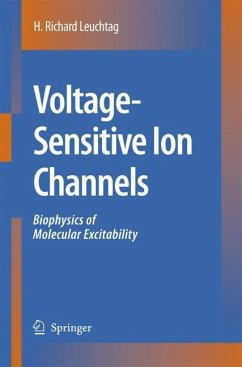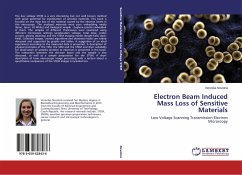
Electron Beam Induced Mass Loss of Sensitive Materials
Low Voltage Scanning Transmission Electron Microscopy
Versandkostenfrei!
Versandfertig in 6-10 Tagen
36,99 €
inkl. MwSt.

PAYBACK Punkte
18 °P sammeln!
The low voltage STEM is a very interesting but not well known method with great potential for examination of sensitive materials. This book is focused on the mass loss of the material caused by the electron beam in this microscope. The analysed materials were pure embedding media (Epon, Spurr, LR White) and biological sample - Euglena gracilis embedded in them. The samples of different thicknesses were examined using different microscope settings (acceleration voltage, total dose, probe current, plasma cleaning) and the STEM imaging modes (bright-field, dark-field). Collected images, created a...
The low voltage STEM is a very interesting but not well known method with great potential for examination of sensitive materials. This book is focused on the mass loss of the material caused by the electron beam in this microscope. The analysed materials were pure embedding media (Epon, Spurr, LR White) and biological sample - Euglena gracilis embedded in them. The samples of different thicknesses were examined using different microscope settings (acceleration voltage, total dose, probe current, plasma cleaning) and the STEM imaging modes (bright-field, dark-field). Collected images, created algorithms and obtained results are widely discussed and supported by graphs and tables. A suggestion of an ideal experiment according to the measured data is presented. A description of physical principles of the TEM, the SEM and the STEM and their suitability for observation of samples sensitive to electrons is presented in the book. The interaction between the electron beam and the sample is also discussed, as well as a sample preparation for the STEM. A short description of basic microscopic image processing with a section about a quantitative comparison of the STEM images is included too.



